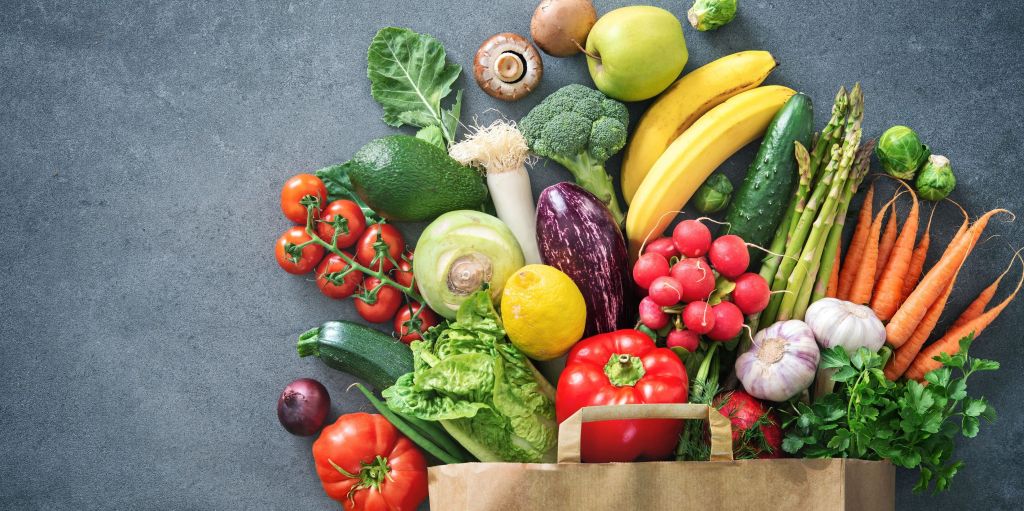Better Seed – Better Life
Plant Breeding Innovation Can Feed the World and Save the Planet.

By Andy LaVigne, President & CEO, American Seed Trade Association (ASTA)
Prolonged droughts, extreme floods, unpredictable temperature swings, and shifting pest and diseases patterns; are all challenges that put agriculture on the frontlines of the climate crisis. Yet against these odds, farmers manage a vast array of variables to produce the crops that feed the world every day. As global conflicts and trade disruptions further compound the uncertainty we all face, its crucial for policymakers to adopt innovative solutions to meet these challenges head on—and the seed sector stands ready to play its part.
The global seed industry has long collaborated with government partners on the future of food security and the critical role that trade plays in our sector. During Foreign Policy’s September 26 Food+ Forum, the American Seed Trade Association (ASTA) was proud to join policymakers, scientists, entrepreneurs, and other thought leaders to discuss the challenges facing the agricultural sector and the opportunities that are within our grasp—if we can develop the right policy environment.
Innovation is Key
Advances in plant breeding offer hope to the world, as decades of innovative research and development (R&D) in the seed sector have already led to extraordinary outcomes for society. The fresh fruits, vegetables, and beverages on our tables; the forage and feed for our livestock; the fiber in our clothes; the fuels in our automobiles; even the flowers in our gardens, and the turf in our sports arenas, rely on the power of quality seeds. Through new plant breeding innovation, including targeted genome editing techniques like CRISPR, plant breeders are developing improved crop varieties that can withstand drought, resist pests, and thrive in a range of soil conditions, all in just a few years—rather than decades.
The research and development (R&D) of seed varieties resistant to pests and diseases in all crops help farmers increase the precision of and potentially reduce the use of agrichemical inputs. Plant breeding innovation in specialty crops promise year-round fruit production or could eliminate the thorns that complicate harvest. Disease-resistant varieties of rice, potatoes, canola, and bananas—critical staples for global food and nutrition security—will allow farmers to cope with ever evolving pests and diseases. With growing pressures on the agricultural system, advancing these solutions is more urgent than ever.
The Need for a Unified Global Policy Approach
In the United States over the past 30 years, a science-based regulatory approach has demonstrated clear benefits to our farmers. Crops developed through biotechnology have provided safe and nutritious food while also reducing the environmental impact of agricultural production. While several countries have also realized these benefits, other parts of the world have experienced slower adoption and commercialization of these important crops. In Europe and parts of Africa, public mistrust and restrictive regulatory systems hindered farmers’ access to biotech seeds.
We cannot afford to repeat this misstep—where regulatory barriers threaten global food security—particularly during a time of increasing volatility and unpredictability. We have just six years remaining to achieve the United Nations’ 2030 Sustainable Development Goals (SDGs) of ending hunger, achieving food security, and promoting sustainable agriculture. Moreover, according to the UN Food and Agriculture Organization (FAO), global food production must increase by 70% by 2050 to meet the needs of a projected world population of 9.7 billion people. The stakes are high, and the need for long-term solutions is even higher.
To unlock the full potential of evolving plant breeding innovations, such as genome editing, we must first dismantle the barriers that prevent improved quality seeds from reaching the world’s farmers who need them most. It currently takes an average of 10-15 years to bring a new crop variety to market—regardless of the breeding tools used. Today’s regulatory landscape, therefore, will shape the types of crops that will be available to farmers in 2040. If we hope to address the world’s needs with innovative solutions, policymakers must act now.
The Seed Sector as a Catalyst for Change
While the challenges facing global agriculture are daunting, governments and the seed sector can work together to drive meaningful solutions. The Food+ Forum underscored the urgency of these efforts and emphasized the importance of global partnerships and dialog. However, merely discussing innovation is not enough. We are encouraged to see countries, particularly the European Union, a key region in the international seed market, moving towards pro-innovation regulatory and policy reforms. These shifts could pave the way for broader acceptance and access to innovative seeds. That said, even in countries with modernized regulatory frameworks, like the United States, policies must keep pace with the speed of innovation. Only then can we ensure that farmers—both in the U.S. and globally— have the tools to sustainably feed a growing population.
Andy LaVigne is the President and CEO of the American Seed Trade Association (ASTA), where he leads efforts to promote the use of evolving plant breeding techniques and the development of reasonable policy regarding the use of innovative seed technologies. ASTA represents the interests of the seed industry in the U.S. and works with stakeholders around the world to ensure access to quality seed, and the latest innovations in plant breeding.
